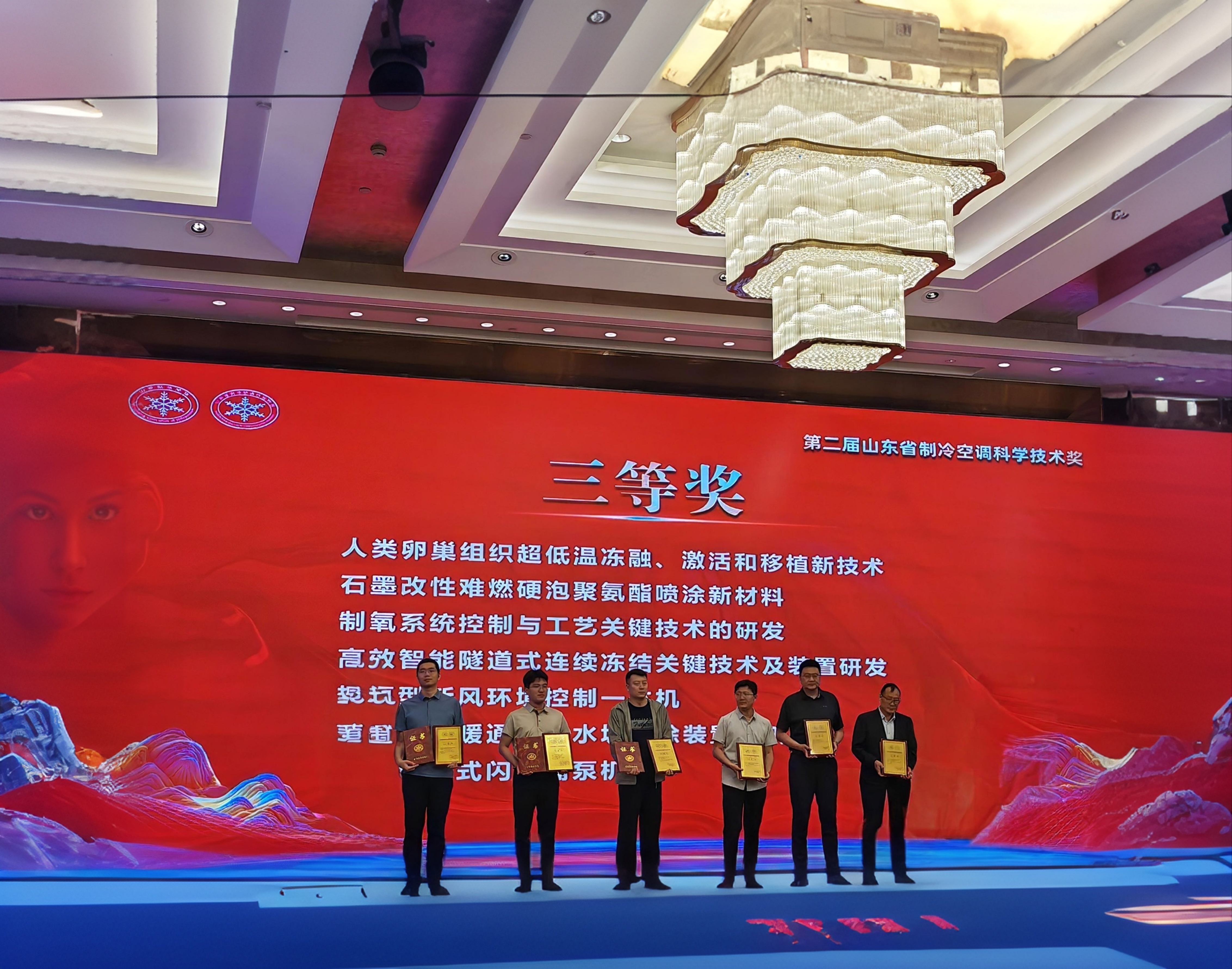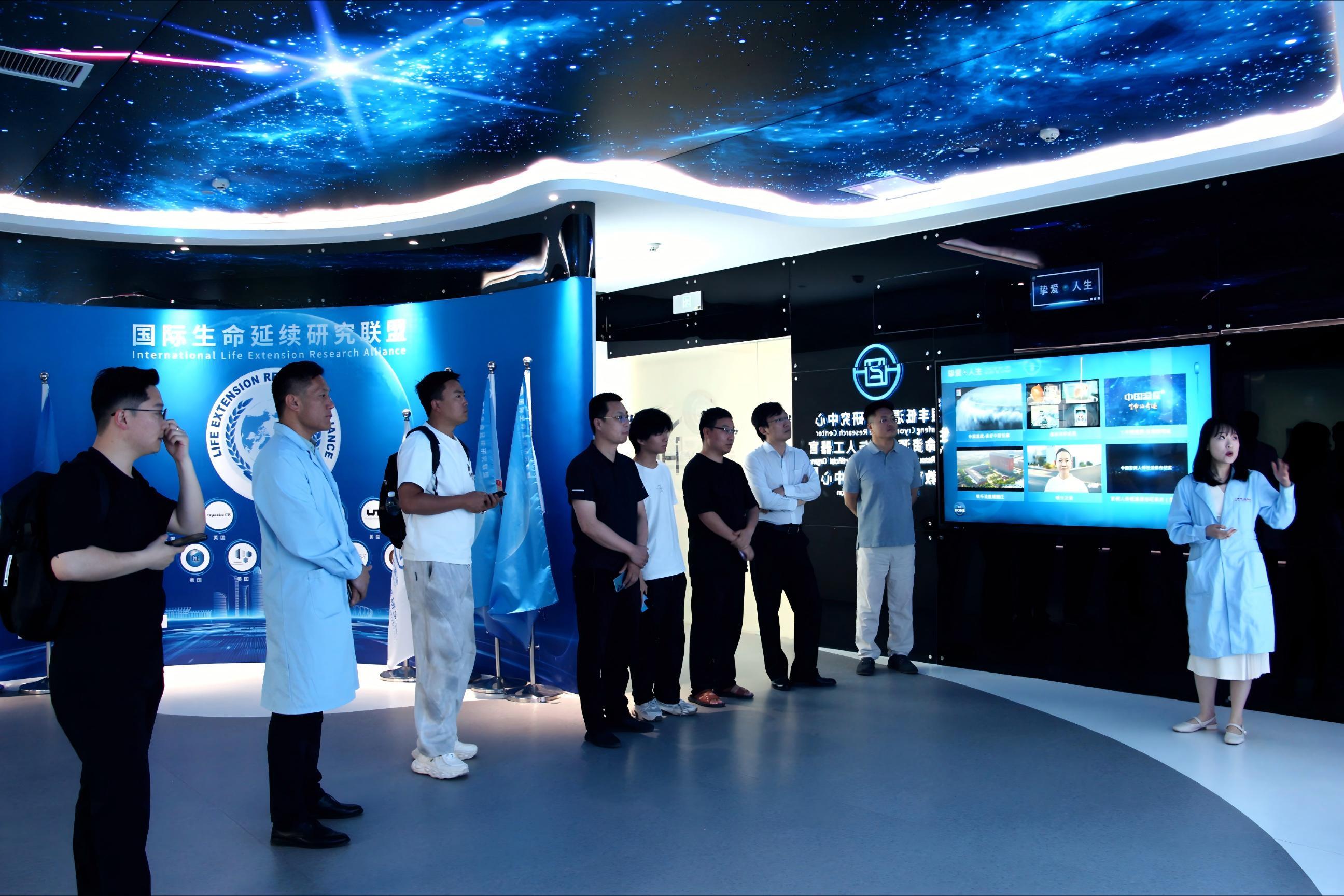Harvard's New Technology: Ultra - Flexible Brain - Computer Interface Enables Live Streaming of Brain Development
Release time:
2025-06-27
How does the human brain develop from embryonic cell layers into a complex three - dimensional organ? This process involves the emergence and evolution of neural activities. However, traditional technologies have difficulty in observing the dynamic changes of the early embryonic brain. In June 2025, the team led by Liu Jia from Harvard University published a groundbreaking study in the journal *Nature*. They developed an ultra - flexible brain - computer interface device, which for the first time achieved non - invasive, high - resolution recording of neural electrical activities during the development of the vertebrate embryonic brain. This opens up a new way to understand the brain construction mechanism and the origin of neurodevelopmental diseases.

Technical Breakthrough: Ultra - Flexible Device "Grows" with the Embryo
Traditional microelectrodes are too rigid to adapt to the softness and rapid deformation of the embryonic brain. As a result, the research on early neural activities has become a "blind spot". The team of Liu Jia innovatively used a fluorinated elastomer material, perfluoropolyether dimethacrylate (PFPE–DMA), to make a mesh electrode array with a thickness of less than one micron. Its flexibility is comparable to that of embryonic tissue.
The device shows unique advantages in the choice of implantation timing. The research team precisely selected the neural plate stage of the embryo, which is the initial flat single - cell layer stage of brain development, for implantation. By taking advantage of the natural folding and curling process of the brain during development, the device can seamlessly integrate into the three - dimensional brain structure as the tissue grows. In terms of biocompatibility, the mechanical properties of the device are highly matched with those of the embryonic tissue. After implantation, it does not affect the neural development, behavior, or gene expression of the tadpoles, truly achieving "invisible" monitoring.
"Cyber Tadpole" Experiment: First - ever Live Streaming of Whole - Brain Development
The research team used African clawed frog embryos as models and successfully cultivated the first batch of "Cyber Tadpoles". Through this device, the team recorded the entire electrical activities from the neural plate to the complex brain with millisecond - level resolution, revealing the dynamic processes of neuronal synchronization and neural circuit formation.
The experimental results show that the device does not interfere with the normal development and behavior of the tadpoles, fully verifying the safety of the technology. This achievement is the first to realize continuous observation of the three - dimensional electrical activities of the living embryonic brain, providing direct evidence for the study of neural development mechanisms.

Scientific Significance and Application Prospects
This study is the first to reveal the construction process of the vertebrate brain from two - dimensional to three - dimensional, providing a new tool for understanding the mechanism of neural circuit formation. In the fight against neurodevelopmental diseases, it has built an experimental platform for the research on the early origin of diseases such as autism and schizophrenia, strongly promoting the development of early diagnosis and intervention.
In addition, in terms of cross - species application and clinical translation, this technology has shown broad potential. Its application in regenerative medicine has been verified in salamander embryos, where neural regeneration can be regulated by electrical stimulation. The device is compatible with mouse and rat embryos, and may be applied to human in vitro embryo culture or intrauterine monitoring in the future.
Future Outlook: From Laboratory to Clinic
Professor Liu Jia pointed out that the core value of this technology lies in "complying with the power of life". Through the coordinated design of materials and implantation timing, the device can co - exist with the developing tissue. In the future, combined with virtual reality (VR) technology, it may be possible to analyze the neural activities corresponding to specific behaviors in real - time, providing a new paradigm for cognitive science and the treatment of brain diseases.
This research is not only a technological breakthrough but also a revolution in scientific thinking. From "Cyber Tadpoles" to the human brain, it provides a key to unlock the mystery of the origin of consciousness and indicates that biomedical engineering has entered a new era of "flexible symbiosis".
Latest developments
Recently, the "Novel Technology for Ultra-Low Temperature Cryopreservation, Activation, and Transplantation of Human Ovarian Tissue," developed through a collaborative effort between Shandong Yinfeng Life Science Research Institute and Beijing University of Chinese Medicine Shenzhen Hospital, has been awarded the 2025 Shandong Refrigeration and Air Conditioning Science and Technology Award. This groundbreaking technology pioneers a new pathway for female fertility preservation, marking a significant leap in China’s interdisciplinary advancements in reproductive medicine and cryobiology.
On May 19, a delegation from the Chinese Training Workshop for Government Officials of Developing Countries visited the exhibition hall of Yinfeng Biological Group's Cryomedicine Research Center. Government officials from multiple countries gained in-depth insights into Yinfeng’s innovative achievements in cryobiomedicine, cell storage, genetic technology, and other fields. They engaged in discussions with the delegation on technology transfer and international cooperation, contributing to the building of a global community with a shared future for humanity.
On the morning of May 17, 2025, an immersive exploration into life sciences and cryomedicine concluded successfully at Jinan Yinfeng Biological Science Park. Hosted by the Shandong Yinfeng Life Science Research Institute, this event offered members a firsthand look into the research base through activities such as ultra-low temperature cryotherapy experiences, brainwave signal acquisition system trials, and expert panel discussions. Participants witnessed the infinite possibilities that cryogenic technology and life sciences hold for humanity.
The international academic platform ScholarGPS recently announced its global lists of Highly Ranked Scholars - Lifetime and Highly Ranked Scholars - Prior 5 Years, recognizing the top 0.05% of scholars across various disciplines. Among the selected Chinese scholars are national-level talents, leading figures in specialized fields, and seasoned academics dedicated to long-term research.
In January 2025, members of the Yinfeng cryomedicine team actively participated in the "Sino-French Aerial Emergency Medical Rescue Training" and obtained certification. This signifies a further enhancement of the team's professional capabilities in the field of international emergency medical rescue.












